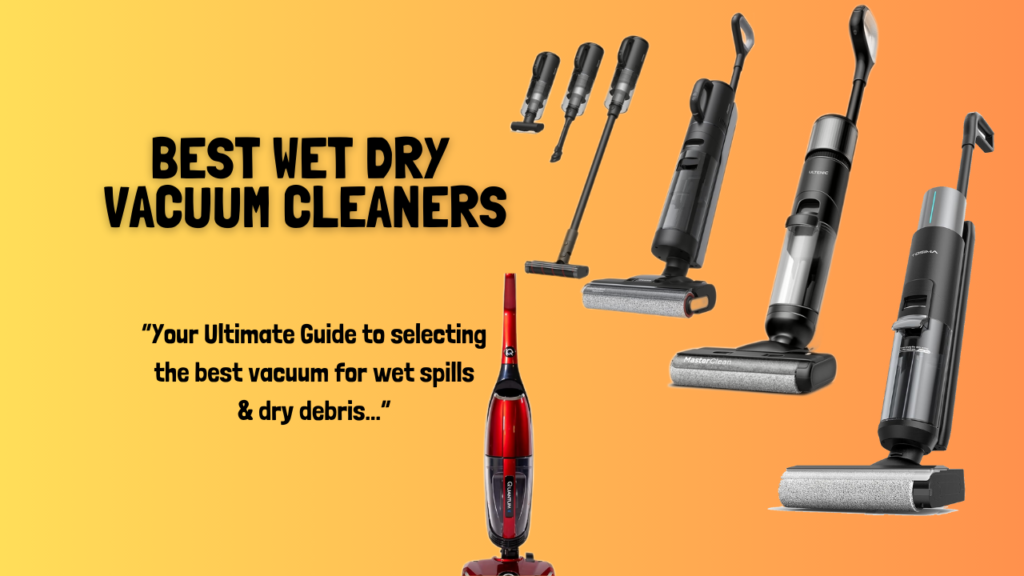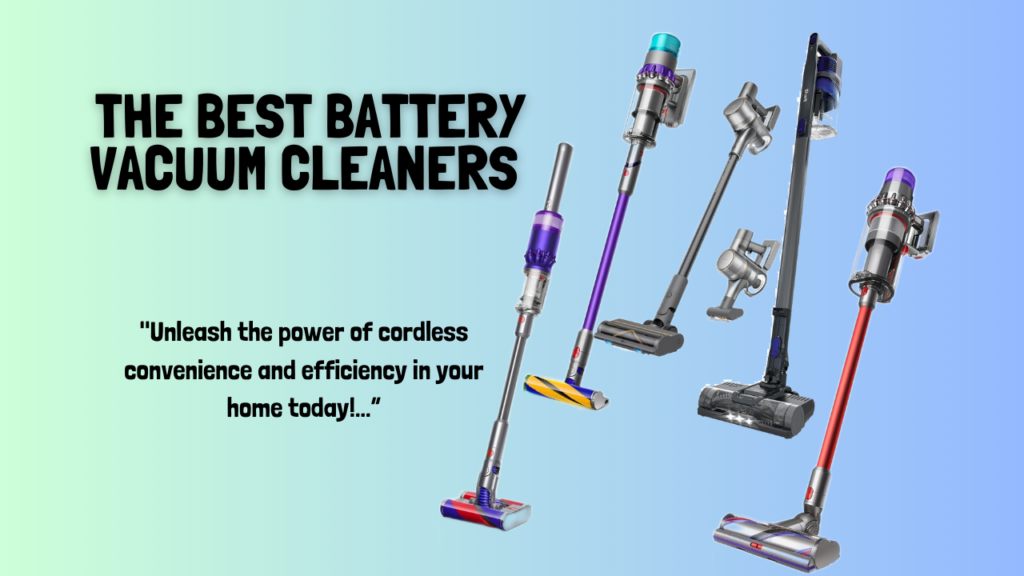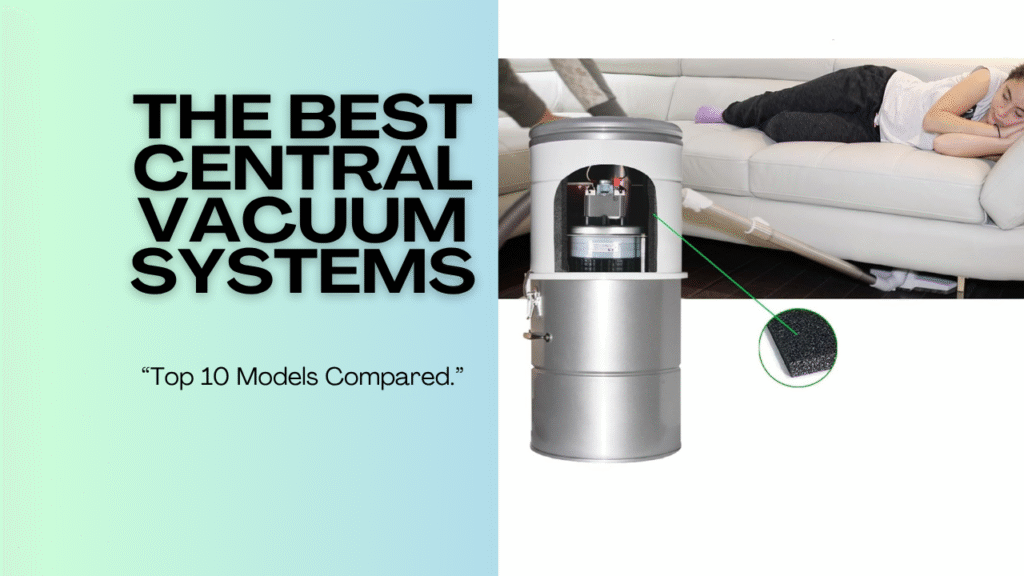Table of Contents
How to Buy a Cordless Drill
Choosing a power drill is similar to selecting a new smartphone. You should spend some time finding the best one for your needs because you will be utilizing it. Quite a bit. Power drills are by far the most common power tool on the planet, and they are an absolute must-have for any toolbox.
How Cordless Drill Work
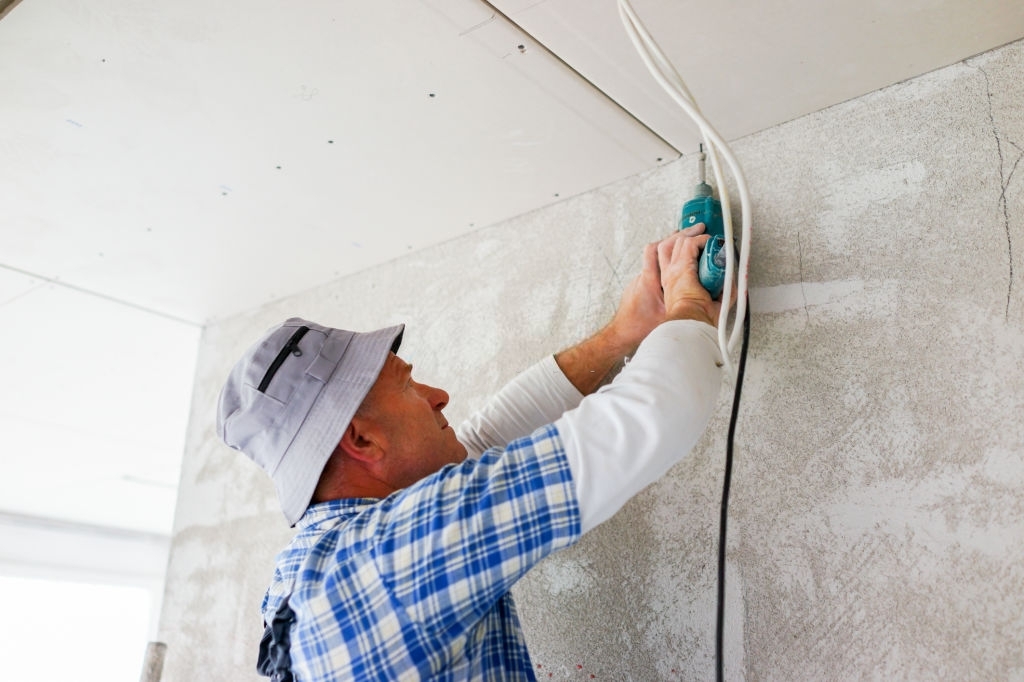
Depress the trigger on the handle of your cordless drill to use it. The chuck, a clamp that holds the bit in place, will rotate once the button is pressed. The tool accelerates as you apply more pressure to the trigger.
A clockwise spin will place a screw at the desired location. The torque may need to be adjusted depending on the project. Find the button on the drill’s top that controls the torque and speed.
When driving screws, consider applying less torque and drilling holes at a medium speed (depending on hole diameter). Never put too much pressure on the drill to make it work “faster.”
Recommended for You: Best Cordless Drill 2021 | 7 Powerful Drills for the Toughest Jobs
What is the purpose of a cordless drill?
This helpful gadget rotates the chuck with the help of a battery situated beneath the grip. The speed is controlled by the trigger, and the amount of pressure applied to the trigger can be adjusted.
The motor transfers the battery’s electric power into energy that rotates the tip. Some cordless drills include specialized gearboxes for switching gears, which is useful if you need to drill through tougher materials.
When to Use a Cordless Drill
Whenever you need to drill a hole or drive a screw or bolt, reach for your cordless drill. When you utilize a specific mixer attachment, you can even use it to mix paint. It’s particularly useful when there’s no access to electricity.
To begin, you must decide whether a corded or cordless model is more appropriate for your needs. Second, think about what kinds of projects or applications you’ll be doing with your power drill.
What About Power Sources?
A lithium-ion (Li-Ion) battery is now standard on most cordless drills. That’s because they’re small and light, yet they pack a punch and don’t lose capacity with time.
Nickel-Cadmium (NiCad) batteries are typically less expensive than Li-Ion batteries, and they have a longer life cycle and are heat and shock resistant. NiCad batteries do have a “memory effect,” which means they lose capacity with repeated usage. You can get around this by totally draining the battery before recharging it.
It’s easy with cordless power drills: the higher the voltage, the more drilling power you’ll get. Keep in mind that a higher voltage battery is often heavier and that a heavier battery does not automatically imply a longer life.
Wattage is important when it comes to corded power drill models. The higher the wattage, the more power your new toy will deliver and the longer it will last before overheating, resulting in less wear and tear over time.
As you gain power, your price will rise as well. To establish a good medium, you may wish to balance your demand for power with your budget.
Types of Power Drills
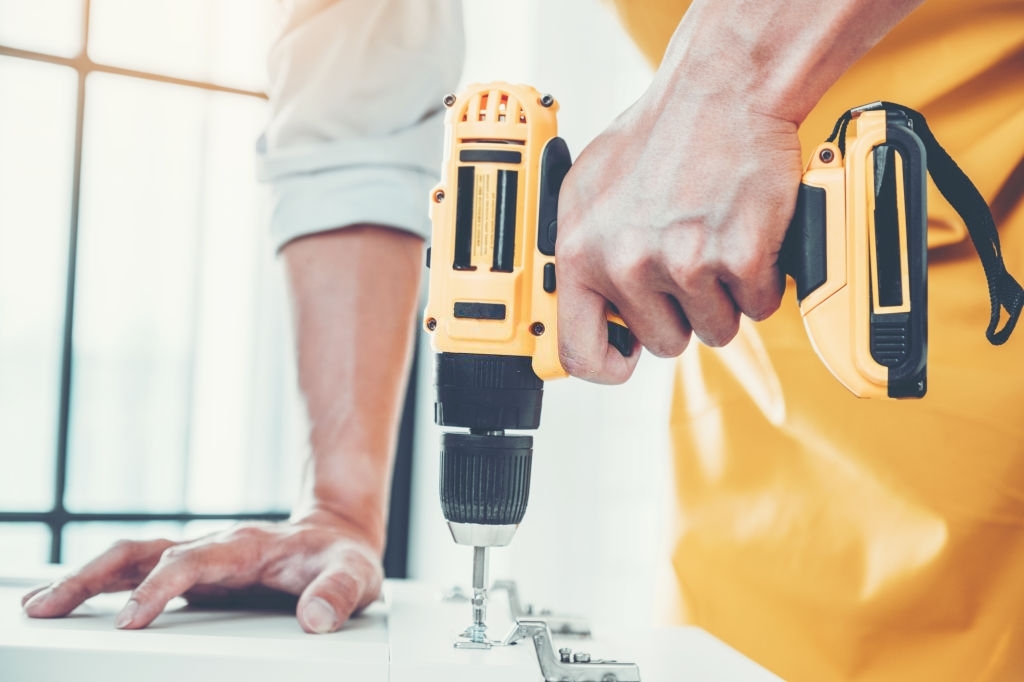
Impact Drivers
Impact drivers may resemble conventional power drills, but thanks to an integrated power-train system, they can deliver up to three times the torque. A spring-loaded hammer strikes the sides of an anvil at up to 3,200 blows per minute, turning the hex chuck and delivering remarkable riveting strength.
For further adaptability, look for impact drivers with high torque ratings and features like variable-speed triggers, comfortable grips, and built-in LED lights.
Air Drills
Compressed air, rather than electricity, is used to generate contractor-grade power in air drills. Air tools are often less expensive, smaller, and lighter than electric tools while still producing the same (or even more) power. Air drills, on the other hand, necessitate air compressors, which are large, noisy, and generally expensive.
Rotary Hammers
Rotary hammers have an internal piston that provides a hammering action in addition to rotating, making them particularly suitable for drilling stone, masonry, or concrete.
Impact Wrenches
Impact Wrenches are heavy-duty, immensely adaptable fastening instruments used in industries such as vehicle repair, construction, equipment maintenance, and product assembly.
They have a lot of torque and are available in corded and cordless versions, as well as a variety of voltages, RPMs, and sizes.
Recommended for You: Best Cordless Hedge Trimmers for Large Hedges
Right Angle Drills
Right angle drills have a chuck that is positioned at a 90-degree angle and are small enough to reach hard-to-reach places. Both corded and cordless right-angle power drills are available.
Determine the Chuck Size and Type
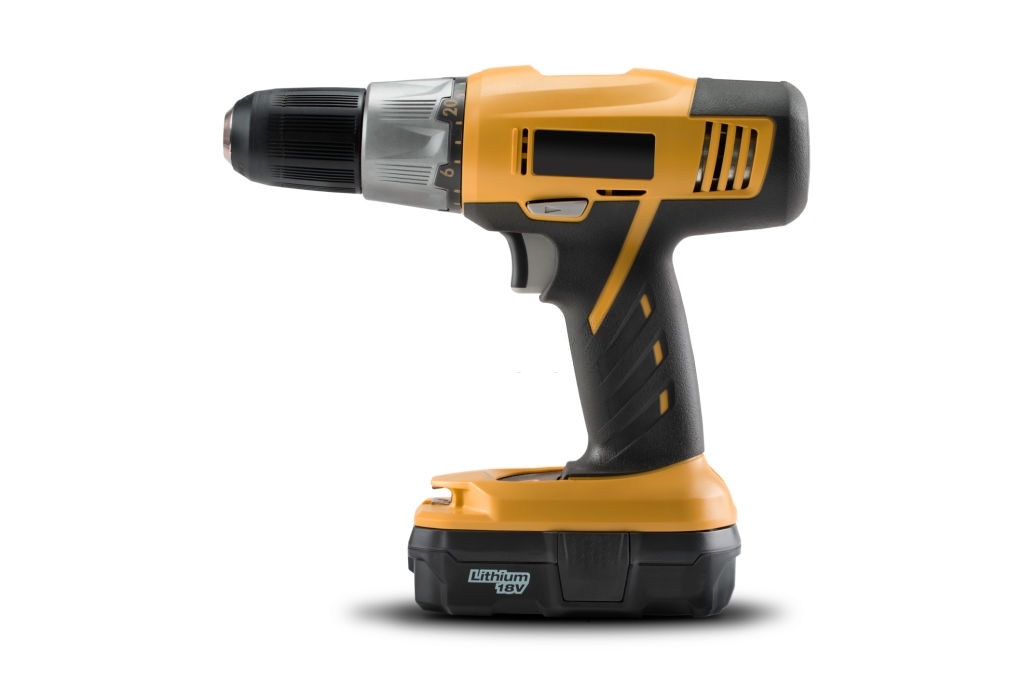
A drill is a tool primarily used for making round holes or driving fasteners. It is fitted with a bit, either a drill or driver, depending on application, secured by a chuck. Some powered drills also include a hammer function.
Your drill bit is held in place by your chuck. There are three different sizes of chucks:
The 1/4-inch chuck is designed for light-duty applications.
For most common tasks, a 3/8-inch chuck will be enough.
The 1/2-inch chuck is designed to handle more difficult operations.
Chucks are divided into three categories:
Drilling speed options
A drill’s speed is measured in revolutions per minute, or RPM. This information is known as no-load speed, which is the drill’s maximum speed while it is neither drilling nor screwing.
Single-speed drills are less adaptable than drills with variable speeds, which are better for working with a variety of materials.
Tip For screwing small screws into softer materials like wood, a lower speed is better and more precise, whereas a faster speed is better for harder materials like stone or metal.
Cordless power types
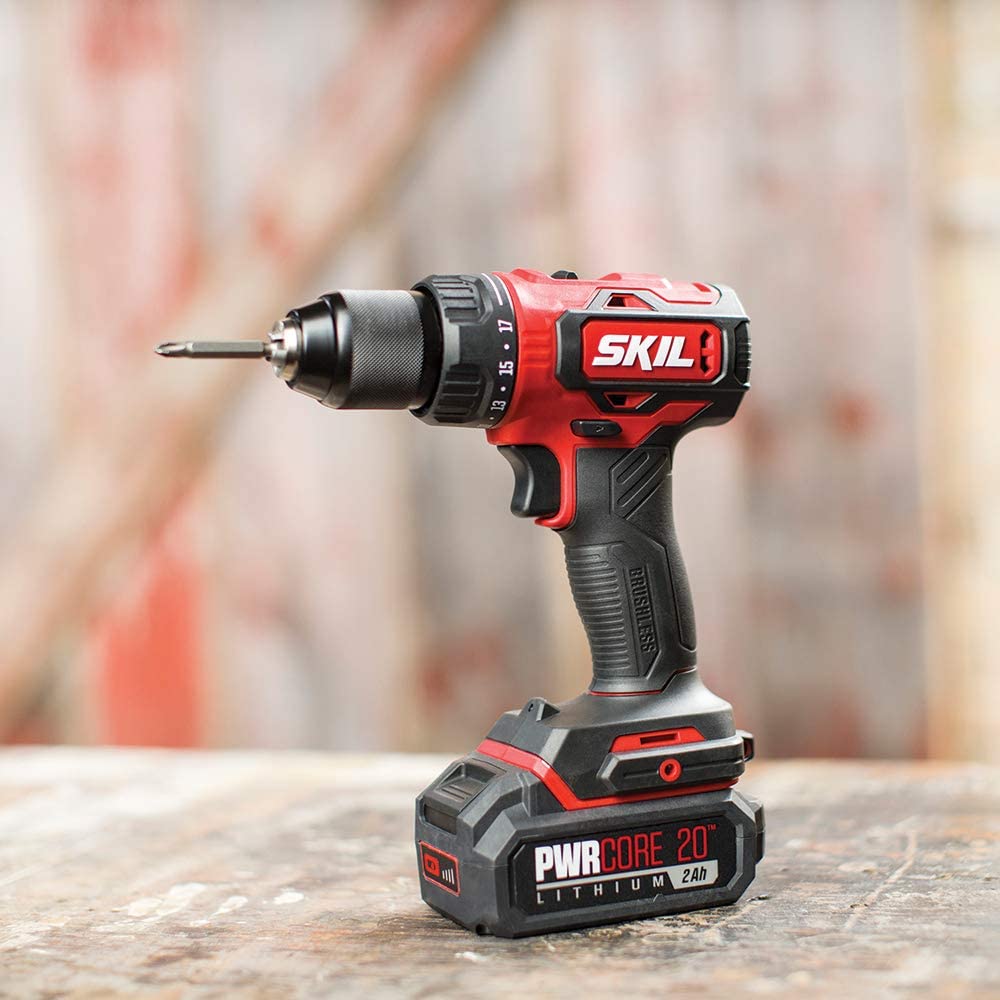
The power output of cordless drills is measured in volts (V) and can range from 10.8V to 18V or more. In general, the more powerful a machine is, the more heavy-duty work it can handle.
A greater voltage, on the other hand, frequently means a larger and heavier battery, so make sure to check the weight of any device you’re considering.
Any cordless drill’s specification will also include the battery charge capacity, which is measured in Ah (Amp-hours) and ranges from 1 to 4Ah. The higher the Ah, the longer the battery will survive before it needs to be charged.
Tip: If you find a drill labeled as “bare,” it implies it’s being sold without the batteries or charger, and you’re only getting the body. If you want to buy a variety of cordless power tools, it’s a good idea to stay with one manufacturer so that the batteries and chargers will work with all of them.
Brushless Technology
Brushless technology is the most recent advancement in cordless drill technology. A brushless drill motor, unlike a traditional brushed drill motor, does not have brushes. As a result, the drill generates less heat and friction, resulting in reduced wear and tear and, eventually, higher longevity.
Maintaining Your Cordless Drill
In recent years, cordless drills have dominated the power tool sector. Because they’re attached by batteries, they weren’t always as effective, but new developments have made them some of the best. If you possess one, you’re well aware of how quickly a cordless drill may be ruined by poor management.
So, how do you keep a cordless drill in good working order? You should lubricate it on a regular basis, clear off the debris after each task, and make sure the batteries are always charged. Failure to do so can result in corrosion, chipping, dulling, and a reduction in tool life.
Cleaning, Oiling, and Maintaining a Cordless Drill
Almost every tool or equipment you use will require lubrication at some time. Metal can chip and dull over time when it comes into contact with other metal surfaces, wood, plastic, and practically anything else.
However, by oiling and lubricating your drill, you can avoid these negative consequences.
You’ll need to acquire some regular metal oil to grease your drill. It’s sold in hardware stores and some car dealerships. Once you have it, simply follow the steps outlined below.
Completely open the chuck. The chuck is the part of the drill that holds the drill bit when it’s in use.
Remove any bits from the chuck and add a few drops of oil lubrication. To uniformly distribute the lubrication, open and close it five times.
Dab the excess oil with a soft shop towel. If you use too much oil, debris might get stuck inside the chuck and cause blockages. It’s just as bad as not using lube in the first place because the accumulation is just as bad.
Replace your bit and run the drill for around 20 to 30 seconds to thoroughly move it around. Feel free to utilize the drill on any project you’re working on right immediately.
Cordless Drill Storage: What You Need to Know
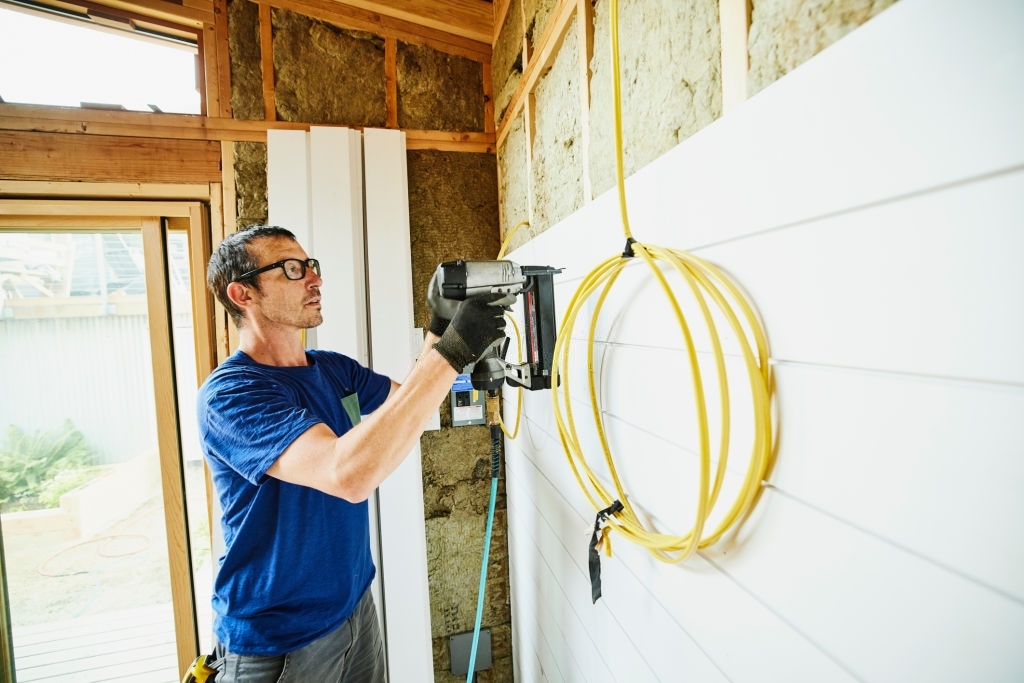
When looking for a spot to store your drill, it’s crucial to keep in mind that you shouldn’t just throw it somewhere. Hand and power tools are also harmed by humidity and dampness.
Another idea is to keep your tools distinct from one another.
It can be difficult to designate a specific position for each piece, but doing so can help you avoid scuff marks and bending that you might not see. Drills are readily scratched when used in conjunction with other instruments.
All of these suggestions aren’t recommending that you buy a climate-controlled environment.
Best Way To Clean Your Cordless Drill
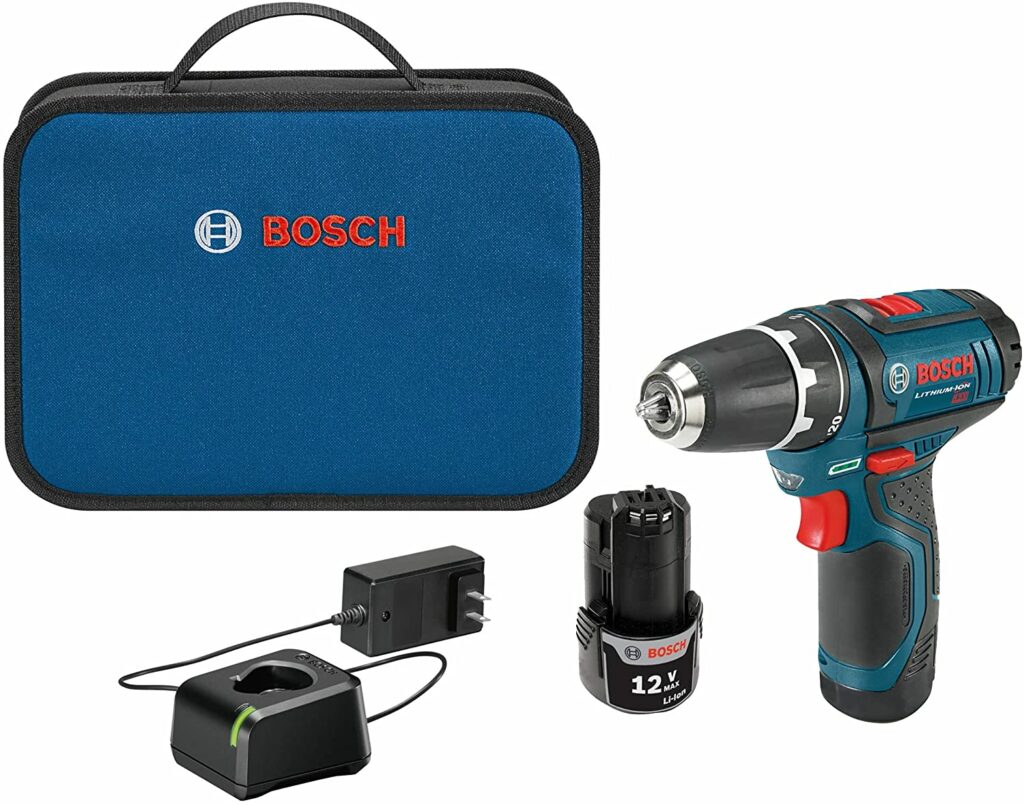
The most important aspect of cordless drill maintenance is keeping the equipment clean. Make it a habit to clean your cordless drill at the conclusion of each shift and before putting it away for the night to guarantee that it continues to function properly.
This doesn’t have to be a time-consuming process including cleaning foam, brushes, and other supplies. A simple wipe down with a clean towel would suffice.
This will clean the outside casing of dirt and material chips, as well as any other visible particles. However, despite continued use, you will need to put in some extra work to clean the drill once every few days to get the greatest performance.
Final Thoughts
Drills come in a variety of sizes and features, ranging from those most suitable for the occasional home DIYer to very powerful and strong instruments with features requested by professional tradespeople.
This guide will assist you in determining which drill style is best for your needs, ensuring that you get a drill that is both functional and cost-effective.








